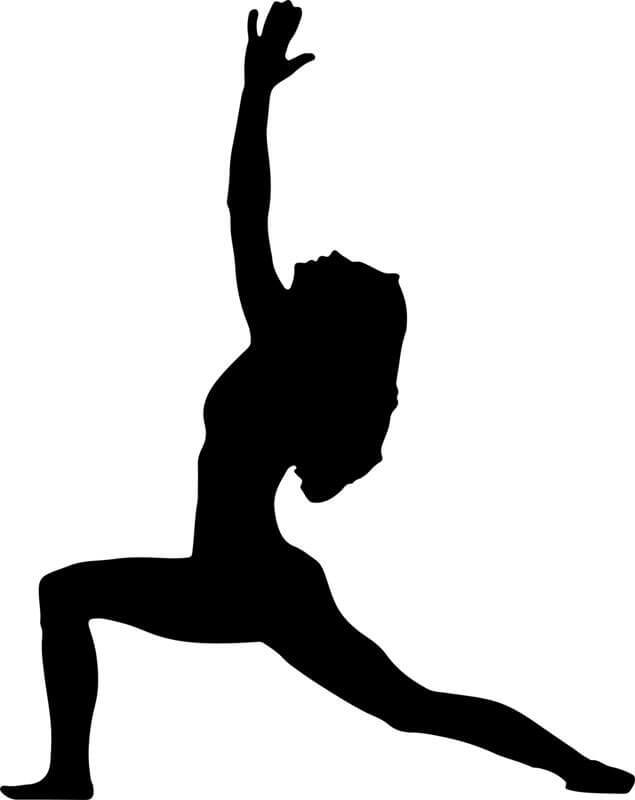Posted by BiomatStores.com on 26th Jul 2025
How to Loosen Stiff Joints: A Complete Guide to Regaining Flexibility and Reducing Pain
If you’ve ever woken up feeling like the Tin Man, you’re not alone. Stiff joints are a common complaint—whether you're 30 or 70—and can make even the simplest daily tasks a challenge. The good news? There are effective, science-backed ways to loosen stiff joints and regain flexibility. In this guide, we’ll cover what causes joint stiffness, how to relieve it, and lifestyle tips to prevent it from coming back.
What Causes Stiff Joints?
Before you loosen stiff joints, it helps to understand what’s making them feel tight in the first place. Common causes include:
-
Inflammation: Arthritis (including osteoarthritis and rheumatoid arthritis) leads to inflammation and stiffness, especially in the morning.
-
Lack of Movement: Sedentary lifestyles cause joints and muscles to become less pliable over time.
-
Aging: As we age, joint cartilage wears down and synovial fluid (the joint’s natural lubricant) decreases.
-
Injury: Trauma can lead to scar tissue or limited mobility in the affected joint.
-
Weather Changes: Some people experience stiffness during cold or damp conditions.
Understanding the cause helps determine the most effective way to treat your stiffness.
1. Start with Gentle Movement Every Morning
One of the best ways to combat morning stiffness is with a daily joint mobility routine. This gets synovial fluid moving and helps you feel more limber throughout the day.
Try This 5-Minute Morning Routine:
-
Neck Rolls – 5 each direction
-
Shoulder Circles – 10 forward, 10 backward
-
Arm Swings – Across chest and over-under for 30 seconds
-
Hip Circles – 10 each direction
-
Ankle Rolls – 10 clockwise, 10 counterclockwise
Why it works: Movement stimulates joint lubrication and warms surrounding muscles. Done consistently, this reduces daily stiffness dramatically.
2.Apply Heat for Fast Relief
Heat therapy is a go-to method to loosen stiff joints fast, especially after inactivity or in the morning.
Best Heat Options:
-
Warm showers or baths: Start your day this way for full-body relief.
-
Heating pads or warm compresses: Great for targeted joints like knees, wrists, or shoulders.
-
Infared Therapy Mats: Like the Richway Biomat.
Pro Tip: Combine heat therapy with stretching for a powerful one-two punch.
3. Stretch Daily (And Do It Right)
Stretching improves flexibility and blood flow around joints. But it’s important to stretch safely:
Best Stretching Tips:
-
Always warm up first – even just marching in place helps.
-
Stretch slowly and hold for at least 20–30 seconds
-
Never stretch to the point of pain
-
Focus on consistency – a little every day is better than one intense session
Recommended Stretches for Stiff Joints:
-
Hamstring stretch (for tight knees and hips)
-
Wrist extensions (for desk workers and arthritis)
-
Calf stretches (for ankle and knee mobility)
-
Child’s pose and cat-cow (for spinal flexibility)
Why stretching works: It lengthens tight muscles and fascia, reduces compression on joints, and improves your body’s range of motion.
4. Hydrate to Lubricate Your Joints
Stiff joints may be telling you something simple: you’re dehydrated. Synovial fluid is mostly water, and when you’re low on fluids, joints become “creakier.”
How to Stay Joint-Hydrated:
-
Aim for half your body weight in ounces of water per day
-
Add electrolytes (especially if you're sweating or active)
-
Eat water-rich foods like cucumbers, watermelon, and oranges
Hydration isn’t a magic bullet, but it supports every other step on this list.
5. Move More, Sit Less
Long periods of sitting tighten your hips, shoulders, knees, and spine. The solution? Movement snacks.
Try These Movement Breaks:
-
Stand and walk for 2–5 minutes every 30–60 minutes
-
Do wall push-ups, squats, or heel raises during breaks
-
Use a standing desk or treadmill desk if possible
Sedentary lifestyle = stiff joints. Even micro-movements can reverse this trend.
6. Strengthen Muscles Around the Joint
Weak muscles force your joints to work harder. Targeted strength training improves alignment, stability, and function.
Best Joint-Supporting Exercises:
-
Glute bridges – strengthen hips and reduce lower back pressure
-
Bodyweight squats – build support for knees and hips
-
Resistance band rows – improve shoulder joint stability
-
Isometric holds – safe for painful or arthritic joints
Tip: Focus on slow, controlled movements. If unsure, consult a physical therapist for a joint-safe strength plan.
7. Use Topical Remedies and Natural Aids
Topical creams can give fast, temporary relief for stiff or painful joints.
Common Natural Options:
-
Capsaicin cream – reduces substance P, which transmits pain signals
-
Menthol-based rubs – cooling, soothing effect
-
Magnesium lotion – helps relax stiff muscles and support joint health
-
CBD-infused balms – may reduce inflammation in some people
- Richway Biomat - increases blood circulation, relaxes muscles, stiff joints.
Always patch test and avoid broken skin. These don’t fix joint problems, but they do help manage discomfort.
8. Consider Anti-Inflammatory Nutrition
Inflammation is a key player in joint stiffness. What you eat affects it more than you may think.
Joint-Friendly Diet Tips:
-
Eat more omega-3 fatty acids: salmon, flaxseed, walnuts
-
Add turmeric and ginger: both are natural anti-inflammatories
-
Avoid excessive sugar, processed foods, and refined oils
-
Eat more leafy greens, berries, and cruciferous veggies
Bonus: Healthy eating also supports weight control, easing the load on your joints.
9. Try Foam Rolling and Massage Therapy
Foam rolling isn’t just for athletes. It’s an accessible, DIY way to reduce myofascial tension that contributes to joint stiffness.
Foam Rolling Targets:
-
Quads and hamstrings – ease knee pressure
-
IT band – reduce hip and knee stiffness
-
Upper back – improve posture and shoulder mobility
Regular massage therapy can also loosen muscles and improve circulation to stiff joints. If you can’t afford weekly massages, even self-massage helps.
10. Get Professional Help When Needed
If your joint stiffness is chronic, worsening, or accompanied by swelling, see a specialist. A rheumatologist, orthopedic doctor, or physical therapist can identify the root cause and design a customized treatment plan.
Bonus Tips: Daily Habits to Prevent Joint Stiffness
-
Sleep with proper alignment (use knee pillows, lumbar supports)
-
Use ergonomic tools (for work, cooking, or phone use)
Take warm Epsom salt baths
-
Supplement with vitamin D and magnesium if deficient
-
Use compression gloves or sleeves during flare-ups
Frequently Asked Questions
How can I loosen stiff joints naturally?
Use a mix of daily movement, hydration, stretching, and anti-inflammatory foods. Apply heat or try foam rolling for faster relief. Natural remedies like turmeric or magnesium lotion also help.
What is the fastest way to relieve joint stiffness?
Heat therapy combined with light movement (like yoga or walking) is the quickest way to loosen stiff joints. Topical creams can provide additional, fast-acting support.
Why are my joints so stiff when I wake up?
Joint fluid thickens during inactivity (like sleeping), especially if you have arthritis or inflammation. Morning movement routines and hydration can counteract this.
Does joint stiffness mean arthritis?
Not always. While stiffness is a hallmark symptom of arthritis, it can also stem from poor posture, dehydration, muscle tightness, or lack of movement.
Final Thoughts: How to Loosen Stiff Joints and Keep Them That Way
Stiff joints don’t have to be your new normal. Whether you’re facing age-related changes, recovering from injury, or dealing with chronic tightness, there’s a lot you can do right now to feel better.
The best strategy?
Start moving more, stay hydrated, eat anti-inflammatory foods, use a Richway Biomat consistently, and add small joint-friendly habits to your daily life. Consistency—not intensity—is the secret.
Your joints are designed to move. Help them do what they do best.



